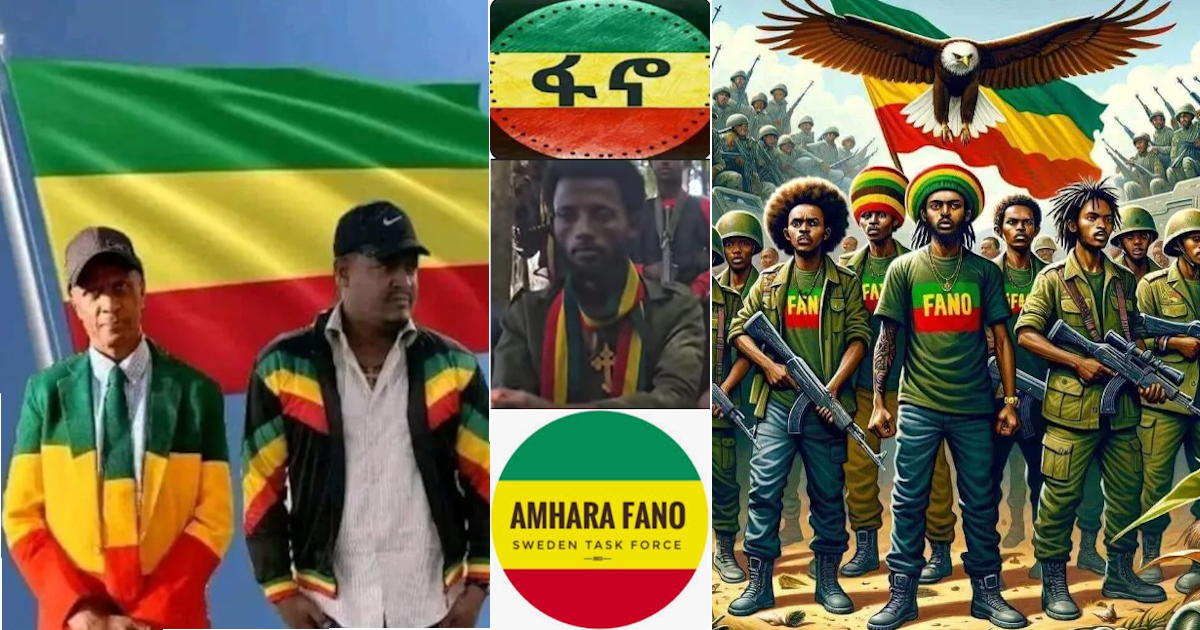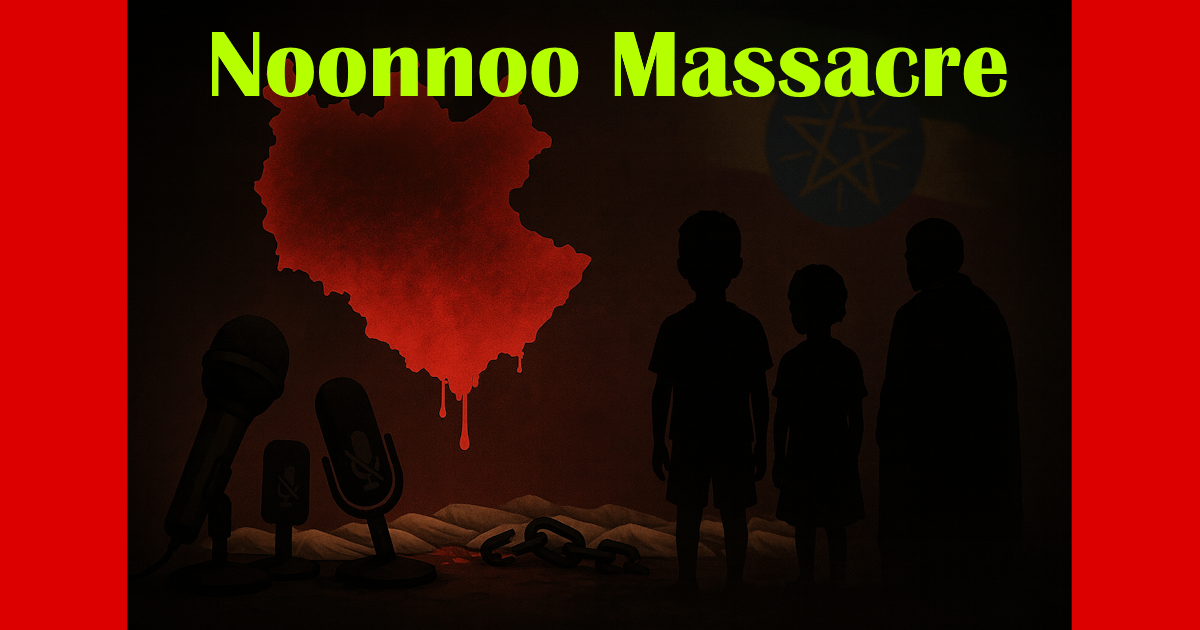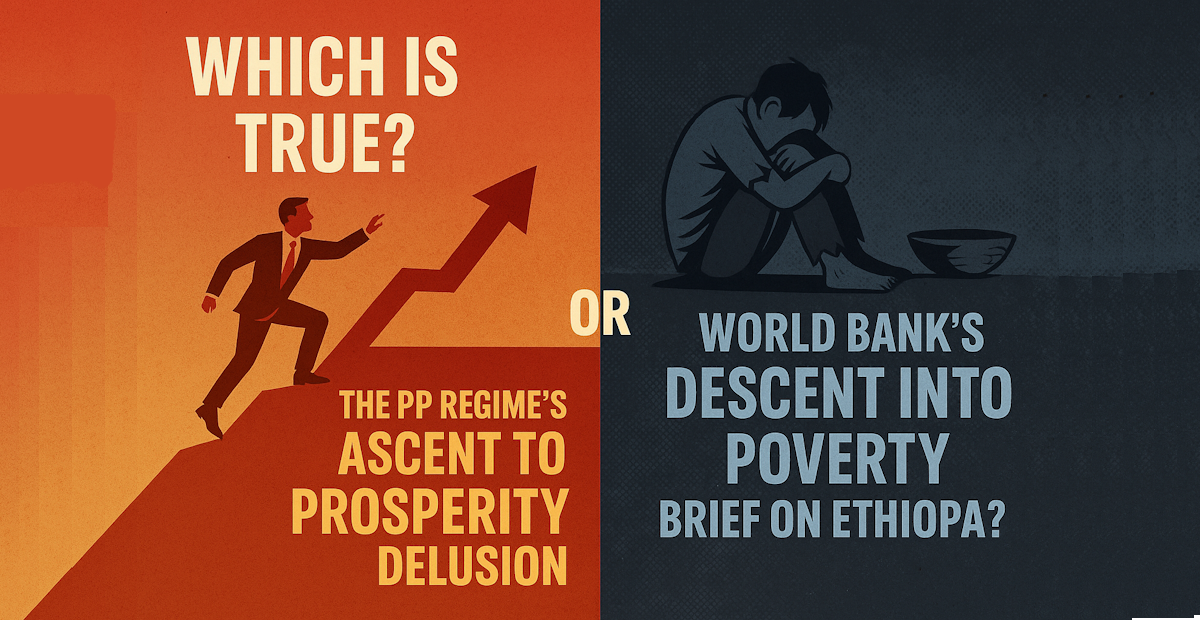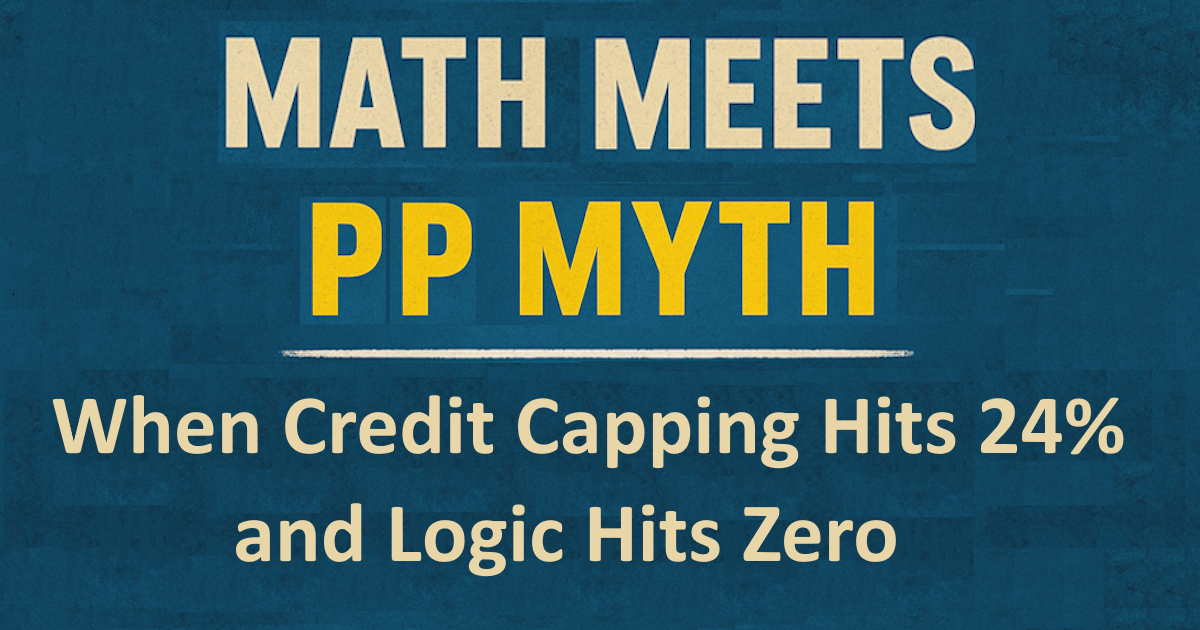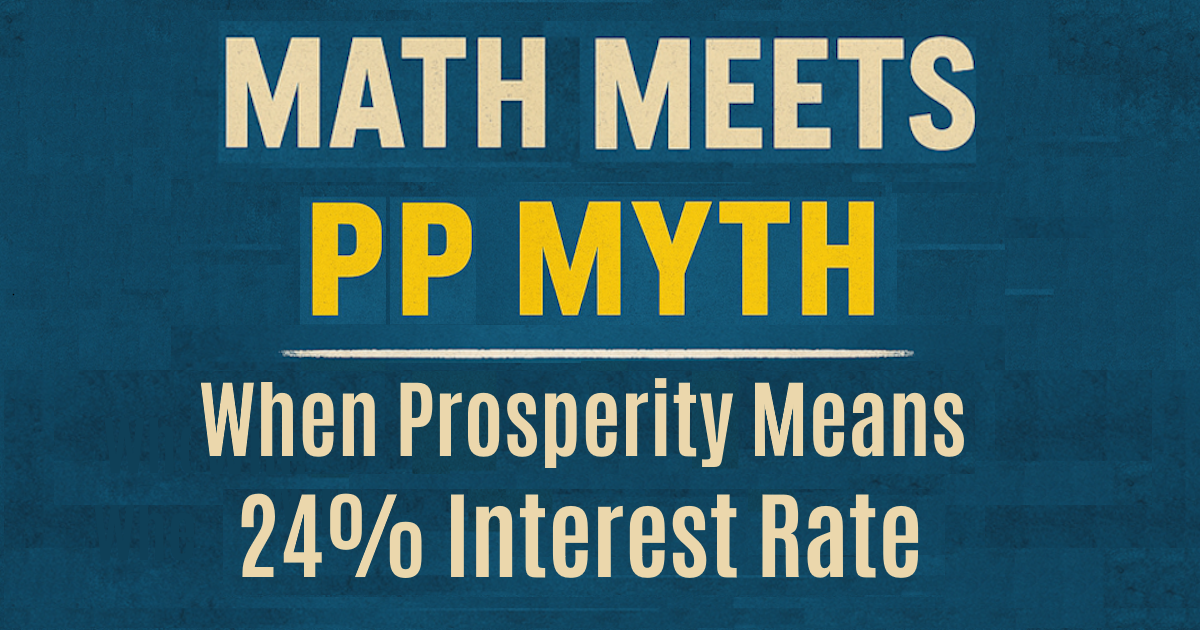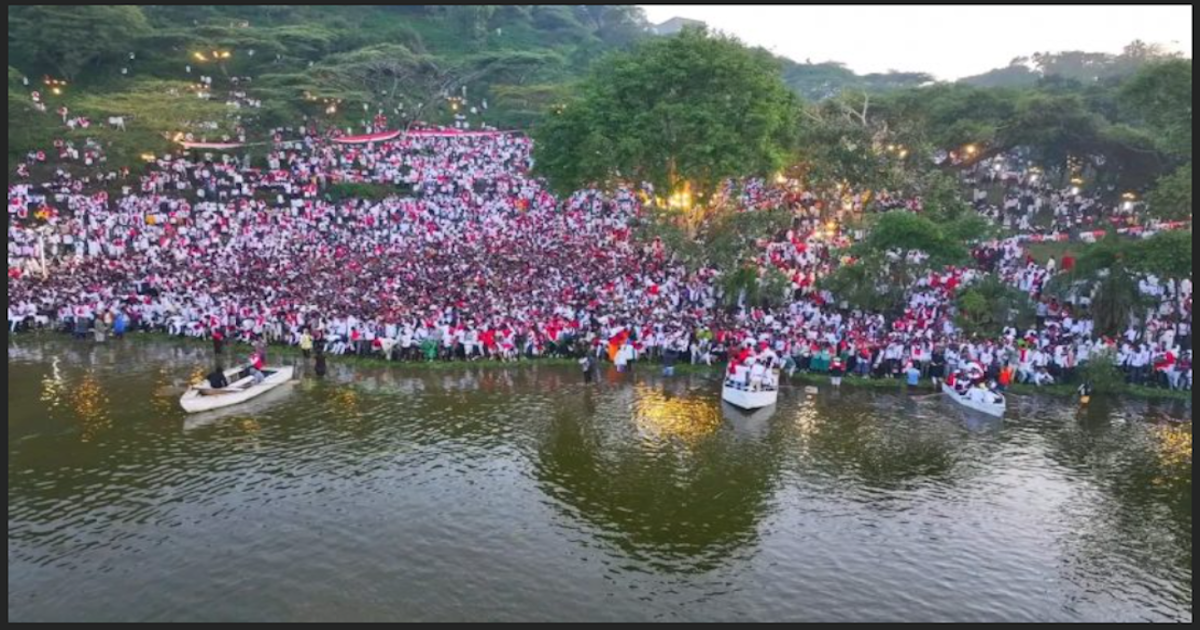Eritrea and Ethiopia: Regret, Rivalry, and the Search for a Permanent Settlement
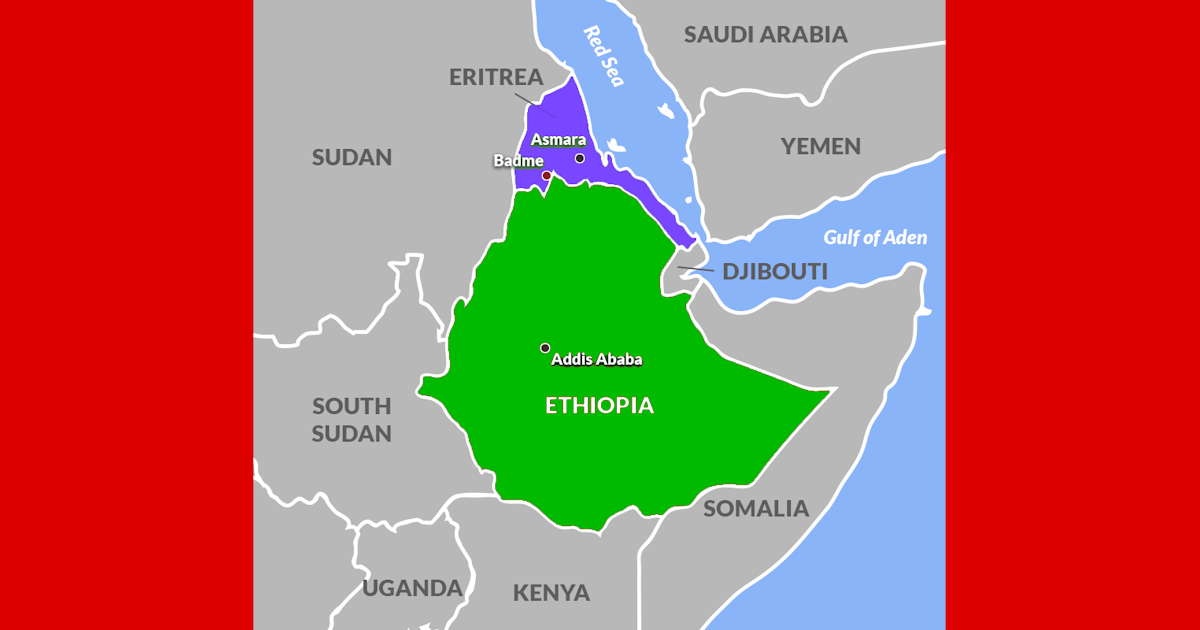
Excerpt
The troubled relationship between Eritrea and Ethiopia has remained unresolved since independence in 1993. This essay explores whether Eritrea secretly regrets its separation, how President Afwerki’s fixation on Ethiopian politics reflects deeper insecurities, and what the future holds. Is this a conflict frozen in time—or a struggle over imperial legacy and regional power?
Introduction
The separation of Eritrea and Ethiopia in 1993, following a protracted and bloody liberation struggle, was heralded as a triumph of self-determination. However, the decades since independence have been marked not by peace and progress, but by deep-seated enmity, recurrent conflict, and mutual suspicion. At the center of this uneasy relationship stands President Isaias Afwerki of Eritrea, whose continued fixation on Ethiopian politics has led many to speculate whether Eritrea harbors regret over its ‘divorce’ from Ethiopia. This essay critically examines whether Eritrea’s national trajectory reflects such regret, analyzes the roots and endurance of hostility between the two nations, and considers prospects for their future — whether as permanently divided states or as nations locked in an eternal conflict.
Historical Context: From Liberation to War
Eritrea’s independence in 1993 was the culmination of a thirty-year war against Ethiopian rule, led by the Eritrean People’s Liberation Front (EPLF). The EPLF had aligned with the Tigray People’s Liberation Front (TPLF) to overthrow the Derg regime. However, this alliance quickly deteriorated after Eritrea’s formal independence. Between 1998 and 2000, Eritrea and Ethiopia engaged in a devastating war that killed an estimated 70,000 people over territorial disputes, particularly the town of Badme [1].
Although the Algiers Agreement of 2000 formally ended the war, and the Eritrea-Ethiopia Boundary Commission (EEBC) later awarded Badme to Eritrea, Ethiopia refused to implement the ruling, prompting a prolonged ‘no war, no peace’ status [2]. The situation remained frozen until 2018, when Ethiopia’s new Prime Minister, Abiy Ahmed, normalized relations with Eritrea — a move that earned him the Nobel Peace Prize.
The Obsession of Leadership: Afwerki and Ethiopian Affairs
Since the peace accord in 2018, Afwerki’s deep involvement in Ethiopian affairs — especially during the 2020–2022 Tigray War — has puzzled observers. Eritrean troops entered Ethiopia to support federal forces against the TPLF, a former enemy of Afwerki and dominant party in the pre-Abiy government. Reports of Eritrean forces committing atrocities in Tigray have further complicated Eritrea’s international image [3].
This strategic entanglement suggests that Afwerki may perceive a destabilized Ethiopia — especially one without the TPLF — as crucial to Eritrea’s security. Others interpret his actions as driven by vengeance and long-standing political vendettas, rather than national interest [4].
Is Eritrea in Regret?
While there is no official admission of regret from the Eritrean leadership, signs of national frustration are evident. The country remains one of the most militarized and closed societies in the world. Eritrea’s mandatory national service — indefinite in duration — and lack of political freedom have driven hundreds of thousands of young people into exile [5,6].
Some scholars argue that Eritrea’s authoritarian model is partly sustained by the external threat narrative — especially vis-à-vis Ethiopia — which allows the regime to suppress dissent. Thus, Afwerki’s interest in Ethiopian politics is less about undoing independence and more about maintaining internal control and a regional power balance that favors his regime [7].
Ongoing Conflict and Future Scenarios
Despite the 2018 peace agreement, genuine normalization between Eritrea and Ethiopia remains elusive. Eritrea did not demobilize its military or open up economically. Ethiopia, meanwhile, continues to experience internal fragmentation and instability.
Three plausible future scenarios emerge:
- Mutual Normalization and Regional Cooperation: This would involve both nations engaging in economic collaboration, border demilitarization, and internal reforms. However, the lack of institutional trust and Eritrea’s resistance to openness make this scenario difficult in the short term [8].
- Frozen Hostility and Strategic Rivalry: This scenario, the most likely in the near future, involves continued espionage, border tension, and proxy conflicts, without formal war or peace.
- Renewed Armed Conflict: Tensions could erupt into open conflict again if internal political shifts in Ethiopia or strategic miscalculations reignite hostilities — especially over unresolved territorial issues or Eritrean military presence in Ethiopia.
Conclusion
Eritrea’s post-independence reality reflects a paradox: the country fiercely guards its sovereignty, yet remains obsessed with its former colonizer’s fate. President Afwerki’s involvement in Ethiopian affairs reveals not so much a desire for reunification, but a deep-rooted entanglement with Ethiopia’s internal destiny. Eritrea may not regret its independence, but it is clearly not at peace with its consequences.
Eritrea and Ethiopia have been in conflict since 1962 — a legacy of colonial disruption, political betrayal, and ideological divergence. If these two nations fail to transcend the cycle of rivalry and retaliation, the tragedy may not be merely historical. It could persist for another half-century, condemning both peoples to further suffering and instability in a region already in desperate need of peace.
Some observers argue that the rivalry may only come to a natural end when the Ethiopian empire eventually dissolves — reverting to a historical core of Abyssinia, while nations such as Oromia, Sidama, and others pursue self-determination. At the heart of this prolonged hostility lies a deeper contest over access to southern resources, particularly the fertile lands and strategic value of regions like Oromia. In this view, the Eritrea–Ethiopia struggle is not just a border dispute but a broader imperial legacy conflict over political control and resource domination.
References
- Lyons, T. (2009). The Ethiopia-Eritrea Conflict and the Search for Peace in the Horn of Africa. Review of African Political Economy, 36(120), 167–180.
- Jacquin-Berdal, D. (2005). Nationalism and Ethnicity in the Horn of Africa: A Critique of the Ethnic Interpretation. Journal of Modern African Studies, 43(2), 243–265.
- Human Rights Watch. (2021). Ethiopia: Eritrean Forces Massacre Tigray Civilians.
- Plaut, M. (2022). Understanding Eritrea: Inside Africa’s Most Repressive State. Oxford University Press.
- Kibreab, G. (2009). Forced Labour in Eritrea. Journal of Modern African Studies, 47(1), 41–72.
- UNHCR. (2023). Eritrea Situation.
- Connell, D. (2019). Guns and Guerrilla Girls: Women in the Eritrean Liberation Struggle. Red Sea Press.
- International Crisis Group. (2023). Ethiopia’s Tigray War: A New, More Dangerous Phase.

